The Easy Way to Do Strength Training Using Bands

Train your muscles and build strength anywhere any time with resistance bands! Compared to other bulky gym equipment, these portable bands are ideal for strength training in your home, office or while you are on the go. Training muscles with resistance bands is a highly effective and accessible method to build functional strength, stability and agility. Incorporating resistance band exercises into your routine can help you achieve your fitness goals efficiently while minimizing the risk of injury. In this blog, we share the best tips on how to do strength training using bands.
Should You Train Muscles with Resistance Bands?
Resistance bands are a versatile and effective gym accessory to train muscles. Essentially, these nifty bands add more resistance to your exercise movements making it hard to perform regular exercises. As a result, you gain more muscle mass, strength and stability working against resistance.
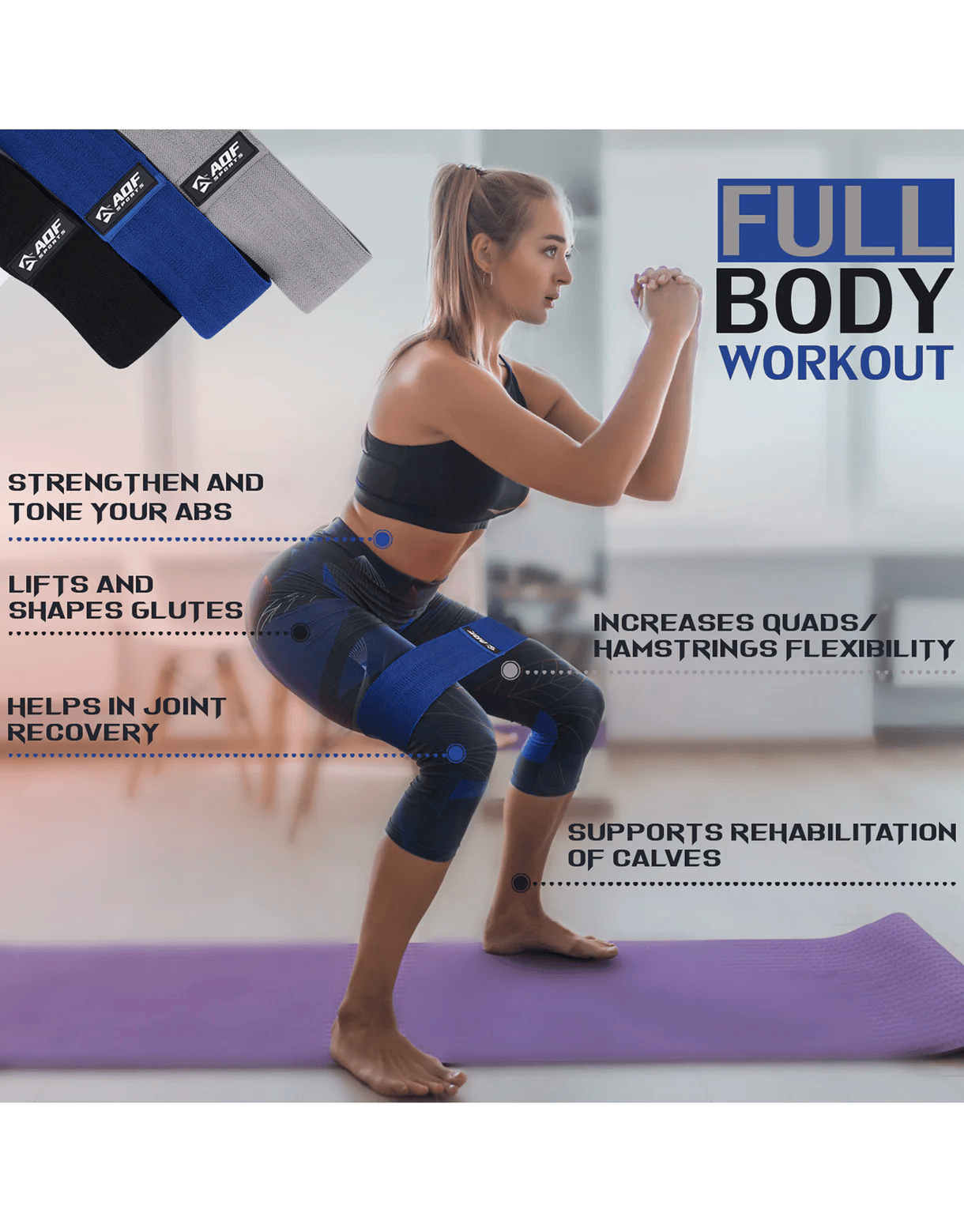
Fitness professionals and researchers widely recommend incorporating resistance bands into muscle training routines. Research shows that resistance bands can activate muscles comparably to traditional weight training methods. Additionally, they provide variable resistance, promoting muscle engagement throughout the entire range of motion.
Benefits of Resistance Band Workouts
Resistance bands can be used for a wide variety of exercises, targeting different muscle groups. From bicep curls to squats, the versatility of resistance bands allows for a comprehensive workout.
Unlike bulky gym equipment, resistance bands are lightweight and portable, making them convenient for home workouts, travel, or outdoor exercise sessions.

Resistance bands offer a lower impact and safer alternative to heavy weights, reducing the risk of injury while still effectively engaging muscles.
With resistance bands, you can easily adjust the level of resistance to gradually increase the intensity of their workouts, promoting continuous muscle growth and strength gains.
Resistance bands engage stabiliser muscles to improve overall balance, coordination, and functional strength.
Suggested Read: 13 Mini Resistance Bands Exercises for Beginners
Resistance Band Exercises with Target Muscle Groups
You can wear Resistance bands on different body locations. These bands effectively activate various muscle groups depending on how they are used and the location of the resistance. Here’s a breakdown of which muscles can be activated based on the usage location of resistance bands:
Ankles:
You can wear resistance bands around the ankles for targeting lower body muscles, such as the glutes, hips, and thighs.
Ankle Band Exercises:
- Lateral leg raises
- Donkey kicks, and
- Hip abductions
Knees:
Placing resistance bands just above or below the knees is beneficial for activating the muscles of the hips, thighs, and lower legs.
Knee Band Exercises:
- Squats,
- Lateral walks, and
- Clamshells
Hip:
Wrapping hip resistance bands for legs and glutes engages the muscles of the inner and outer thighs and tones your entire leg muscles.
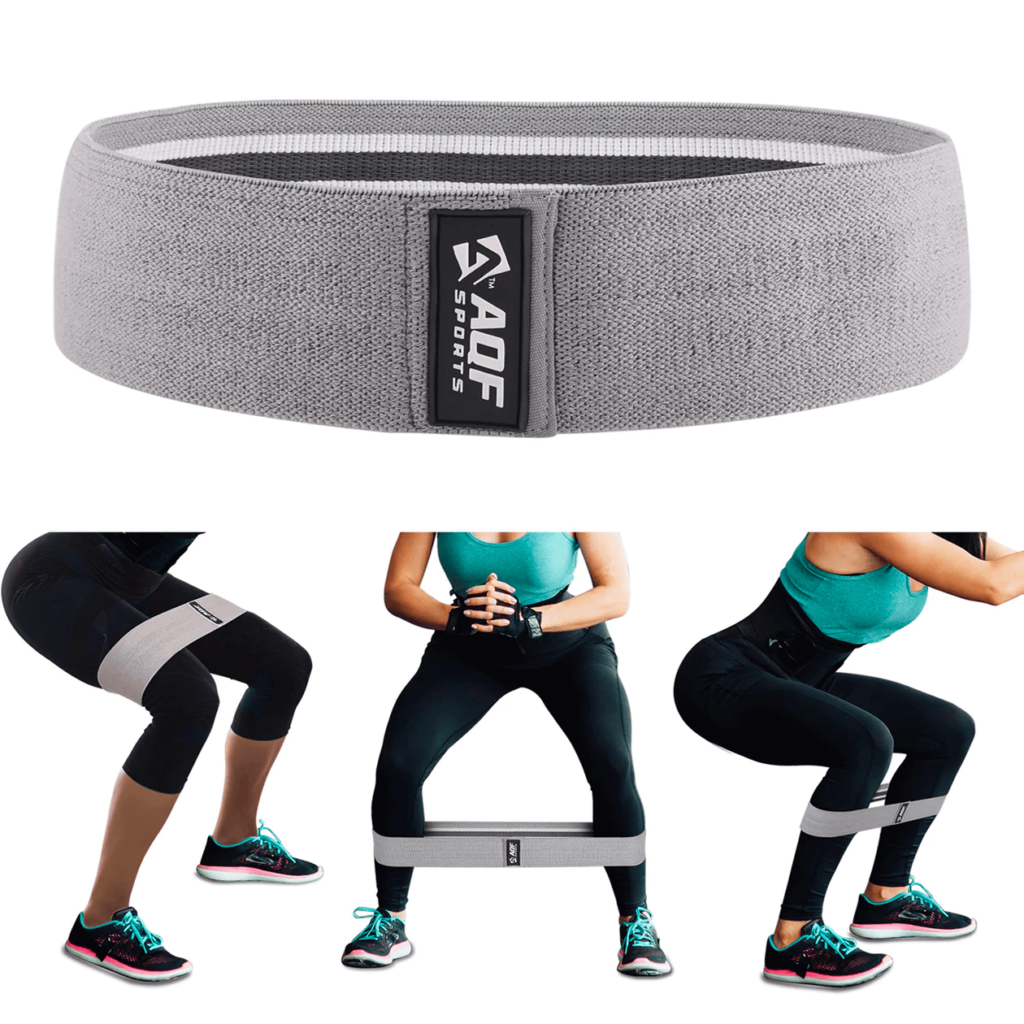
Hip Band Exercises:
- Squats
- Lunges, and
- Leg press variations
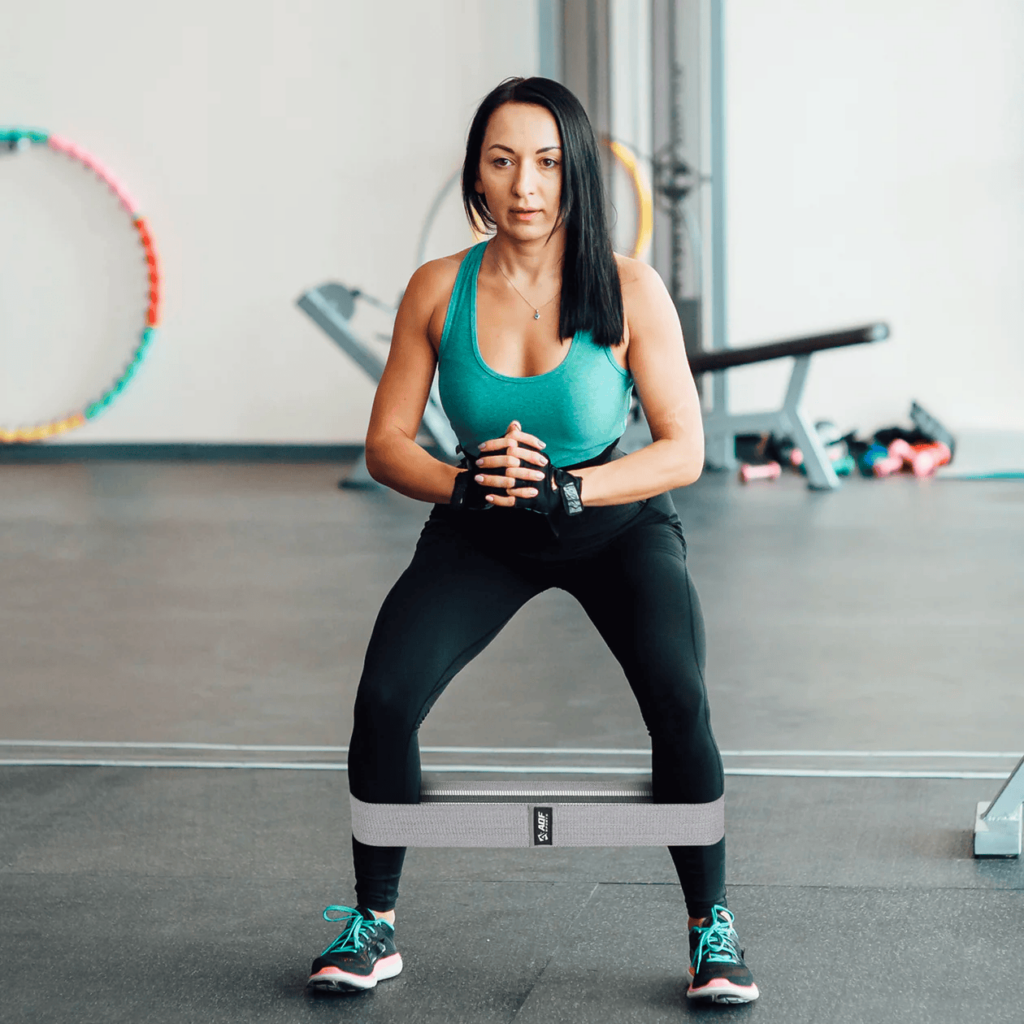
Arms:
Resistance bands can be worn around the wrists or forearms to add resistance to upper body exercises.
Arm Band Exercises:
- Bicep curl
- Tricep extensions
- Shoulder Press, and
- Lateral raises
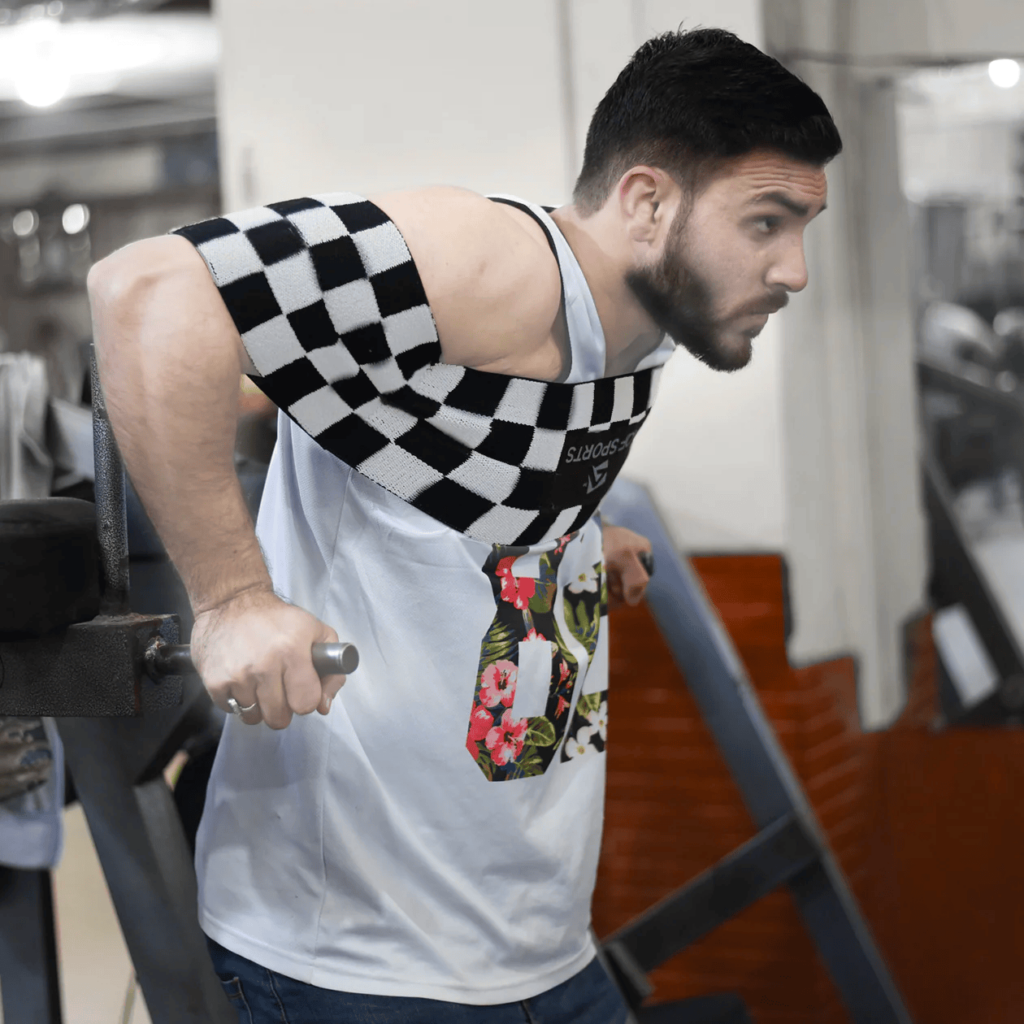
Chests:
Placing resistance bands across the chest or around the upper back can be useful for exercises targeting the chest muscles.
Chest Band Exercises:
- Chest Bench presses
- Chest flies, and Push-ups.
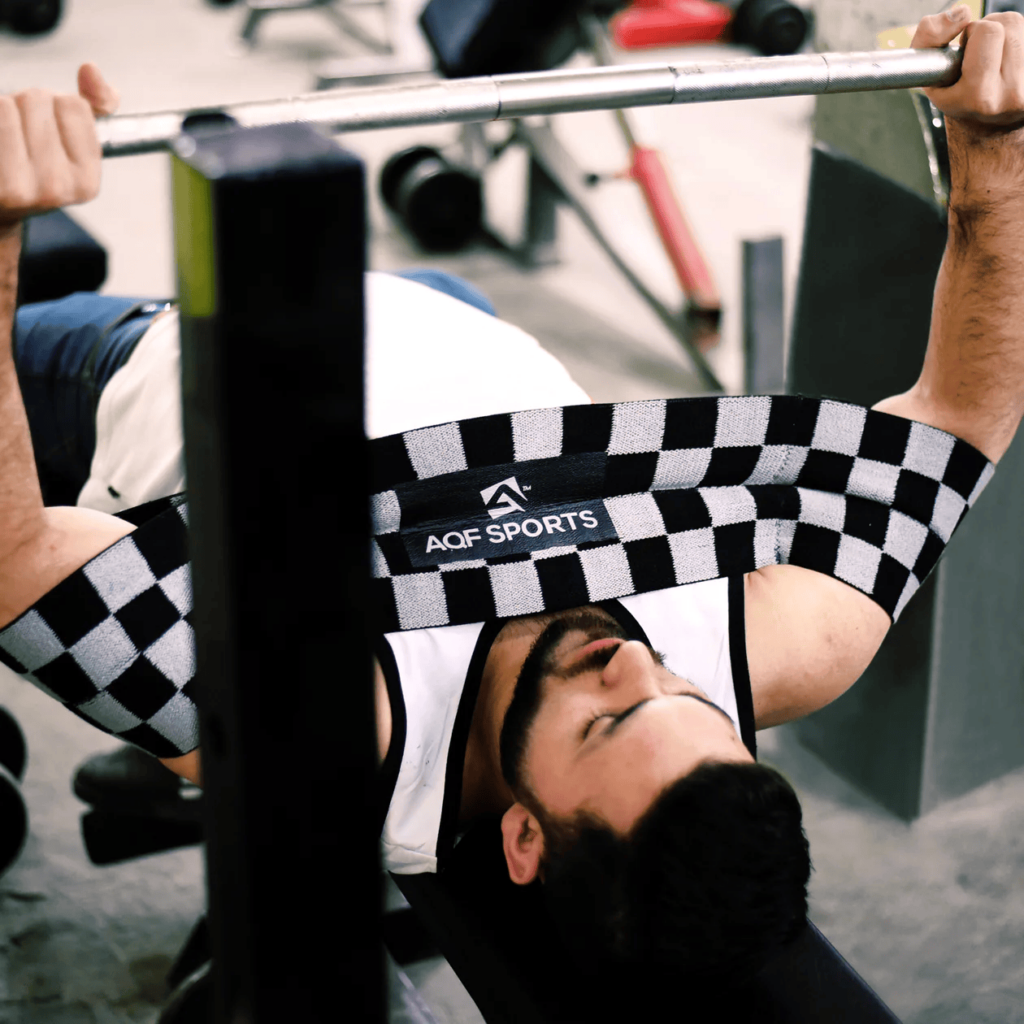
Shoulders:
Wrapping resistance bands around the shoulders or upper arms can add resistance to shoulder strength training.
Shoulder Band Exercises
- Lateral raises
- Front raises, and
- Shoulder external rotations.
Waist:
Some resistance bands are designed to be worn around the waist to provide resistance during waist strength training. These bands can help strengthen the core and improve stability during lower body exercises.
Waist Band Exercises:
- Squats,
- Lunges, and
- Lateral movements.
Resistance Band Full Body Workout Plan
Here is a day-by-day full body strength with training resistance bands workout plan:
We will be following ARAP and RIR for each day’s workout plan.
ARAP (As Many Reps As Possible):
ARAP indicates the maximum number of repetitions you can perform with good form until failure or near failure. It helps to push your muscles to their limits and stimulate muscle growth and endurance.
ARAP is often used to gauge your strength and endurance levels, helping you track progress over time.
Incorporating ARAP into your workout routine can increase intensity and challenge your muscles to adapt and grow stronger.
RIR (Reps In Reserve):
RIR refers to the number of repetitions you could have performed beyond the point where you stopped. It helps gauge how close you are to reaching muscle failure during a set.
RIR helps manage workout intensity and prevent overexertion or injury by ensuring you stop a set before complete exhaustion.
By monitoring RIR, you can adjust your training intensity, volume, and load to optimize performance and recovery.
Day 1: Upper Body Strength Training Using Bands
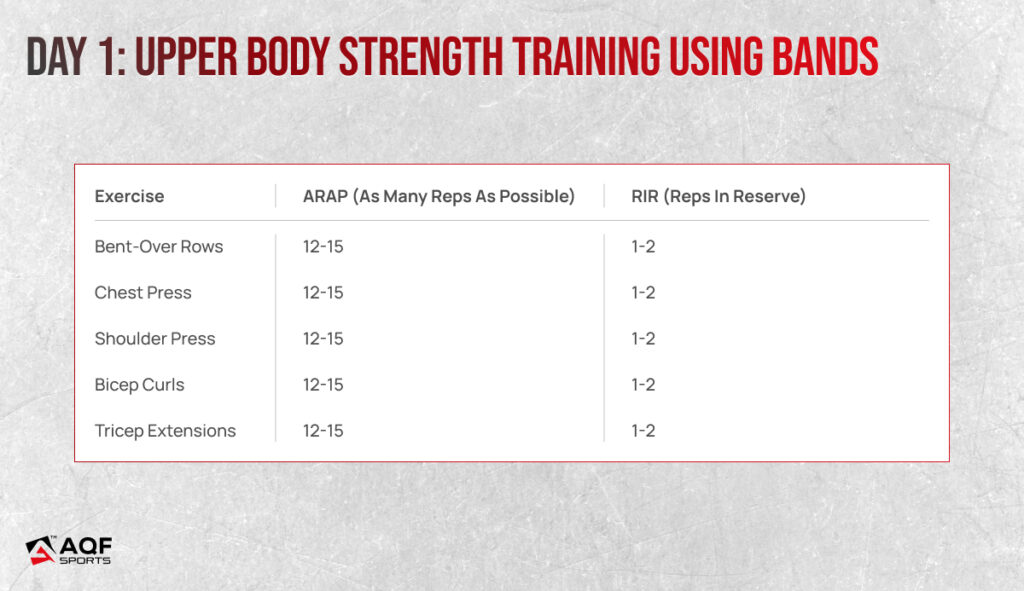
Day 2: Lower Body Strength Training Using Bands
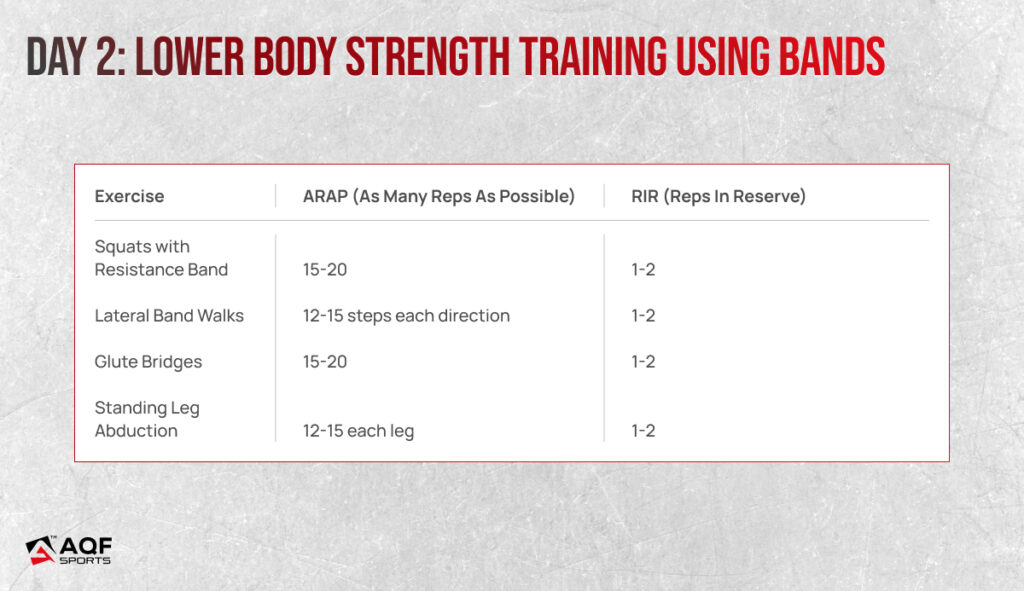
Day 3: Full Body Strength Training Using Bands
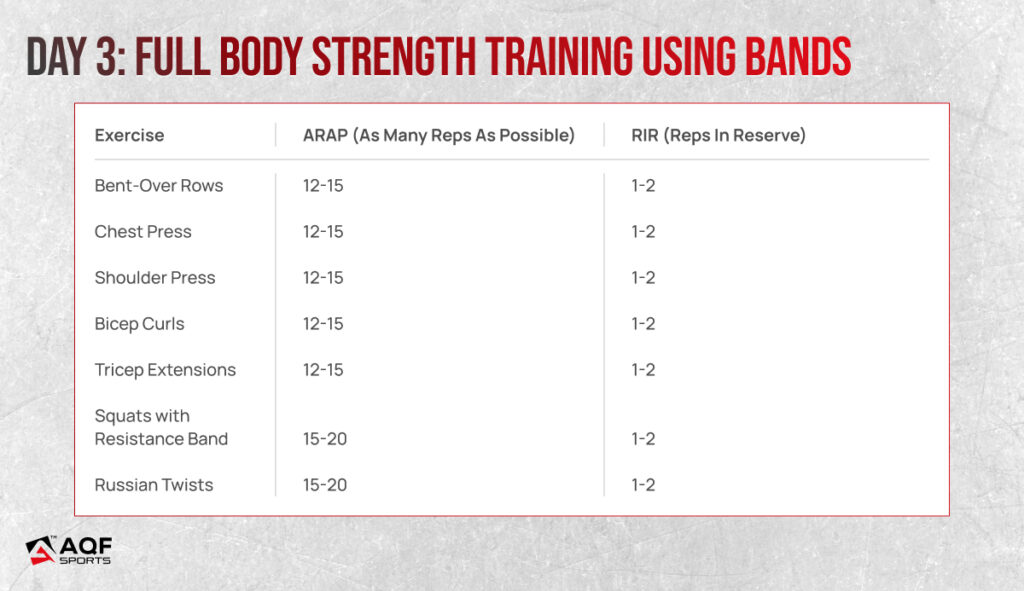
How to Find The Right Resistance?
Finding the right resistance level for your workouts can feel like navigating a maze, but fear not! We’ve got the inside scoop to help you choose the perfect resistance bands for your fitness journey.
First things first, let’s talk about those muscles. You want to challenge them, not overwhelm them, right? So, it’s essential to start with a resistance level that feels just right – not too easy, not too tough.
Now, let’s talk about picking the right resistance level. It’s kind of like choosing the right challenge level in a video game—you want something that’s tough but not impossible.

If you’re just starting out or getting back into fitness, start with lighter resistance bands. They’re perfect for easing into strength training without overwhelming your muscles.
But if you’re already hitting the gym regularly, medium resistance bands are your go-to. They’ll give your muscles a solid workout without feeling too intense.
Now, if you’re really looking to push yourself, heavy resistance bands are where it’s at. They’ll really make your muscles work and help you level up your strength training game.
But here’s the thing: You don’t have to stick to one resistance level forever. Mix it up! Try out different bands to keep your muscles guessing and keep your workouts interesting.
And don’t stress about picking the right level. Most bands come in different colors, so you can easily find the one that suits your goals.
But remember, listen to your body. If you’re not feeling the burn or seeing the results you want, try switching things up. Experiment with different resistance levels until you find the one that works best for you.
So grab those bands and get ready to take your workouts to the next level! Your muscles will thank you later. Let’s get started!
Types of Resistance Bands
Resistance bands come in various types, each serving different purposes and offering unique benefits to your workout routine. Here’s a breakdown of the different types of resistance bands, their usefulness, and distinct features:
Loop Bands:
Loop bands are versatile and ideal for both upper and lower body workouts. They can target multiple muscle groups and enhance strength and flexibility. Loop bands are designed as continuous loops of elastic material, allowing for easy wrapping around limbs or attaching to fixed objects for resistance exercises.

Mini Bands:
Mini bands are perfect for targeting smaller muscle groups and adding resistance to lower body exercises like squats, lunges, and glute bridges. These bands are narrower and smaller in size compared to loop bands, making them ideal for wrapping around legs or wrists for targeted resistance training.
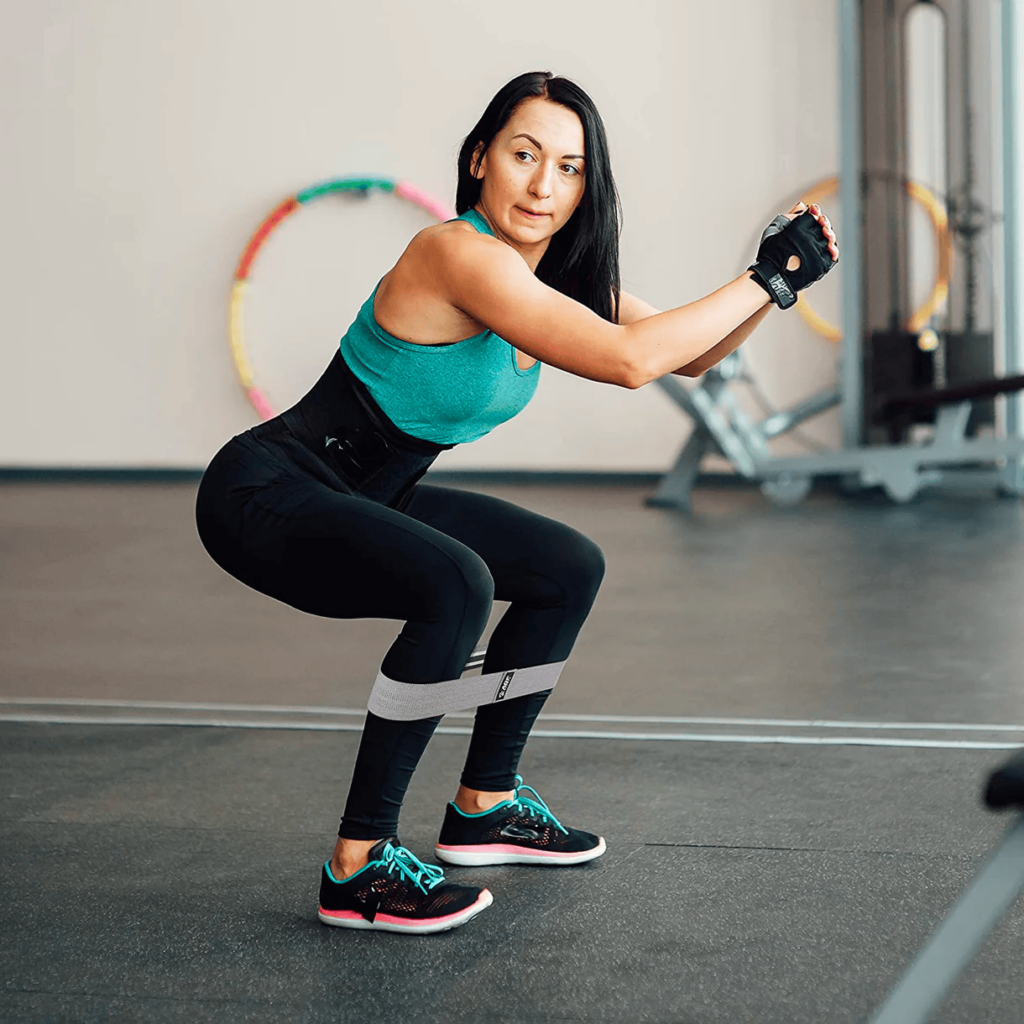
Tube Bands:
Tube bands offer versatility and are excellent for resistance exercises that require movement away from a fixed point, such as bicep curls, chest presses, and shoulder raises. Tube bands feature handles on one end and a loop on the other, providing a secure grip and allowing for a wide range of motion during exercises.
Therapy Bands:
Therapy bands are gentle on joints and perfect for rehabilitation exercises, light-impact resistance training, and warm-ups and cool-down exercises. Unlike typical loop bands, therapy bands are not connected at the ends, making them easier on the joints and providing a comfortable grip during exercises.
Pull-Up Bands:
Pull-up bands are designed to assist with pull-up and chin-up exercises by providing support and resistance as you lift your body weight. These bands apply more pressure the further they’re stretched, making them ideal for gradually building strength and assisting in completing challenging pull-up movements.
Final Word
Resistance bands add an extra oomph to your everyday workout. Wear them during your shoulder, chest, arm or leg workouts and feel the burn. These nifty tools are portable and can be carried anywhere so you can wear them anytime. These bands easily integrate into various workout routines based on individual fitness goals and preferences. Whether you’re looking to do strength training with brands, improve flexibility, or rehabilitate injuries, there’s a resistance band type suited to meet your needs.






